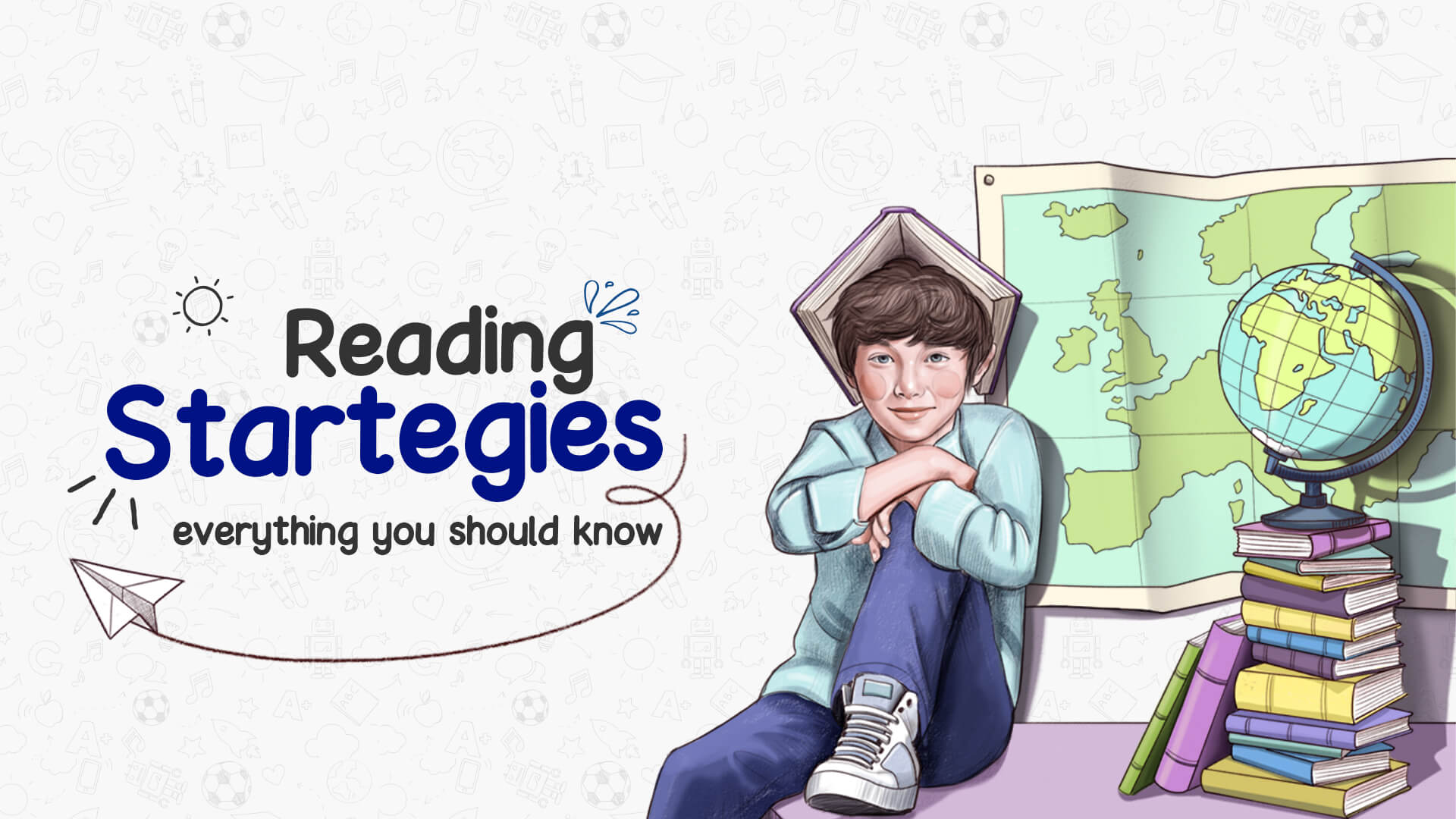Beginner’s guide to effective reading strategies




Understanding what you're reading can be frustrating, especially for beginners. Many people struggle with reading comprehension. Reading can be a delightful journey, but sometimes we all need some help getting started. There are powerful strategies that can transform you into a confident reader.
Why Do We Need Reading Strategies?
Reading is a journey, and effective strategies are your essential tools. They'll help you with new words and key ideas. In the end, let you enjoy the great views that books offer.
With a few simple tricks, you can improve your reading experience.
Grab your favorite book. Settle into a comfy spot. Let's dive into these game-changing strategies!
Pre-Reading
A little preparation goes a long way. Here's how to prime your mind for success:
Create the perfect environment. Find a quiet, well-lit place to settle in, free from distractions.
Take a moment to peek at the title, author, and blurb. What kind of story is it? Any clues about the setting or characters?
Flip through the pages. Are there pictures, chapter titles, or bold text? These can give you a sneak peek at the main ideas.
This pre-reading warm-up activates your prior knowledge. It sets the stage for understanding.
Active Reading
Here are some active reading strategies to keep your mind buzzing:
Encounter an unfamiliar word? Don't panic! Sound it out slowly, break it into syllables, and see if you can guess the meaning based on the surrounding text.
Words are like friendly neighbors, often hinting at each other's meanings. Pay attention to the surrounding sentences for clues about the new word.
Many books, especially for beginners, have illustrations. Use these pictures to visualize the story and make connections with the text.
As you read, ask yourself questions! What's happening? Why is this character acting this way? Questioning keeps your mind engaged. It also helps you form deeper connections with the story.
Pay attention to illustrations and diagrams. They can be memory joggers and help you grasp complex concepts.
Highlighting key points or jotting down notes in the margins can be helpful for some readers.
Reading isn't a passive activity. Use these strategies to engage your brain actively. They'll transform you from a word decoder into a meaning maker!
Re-read
Sometimes, one pass isn't enough. Rereading challenging sections or summarizing what you've learned can solidify your understanding.
We've only scratched the surface of the amazing world of reading strategies! In our next blog post, we'll cover more techniques. They will boost your understanding and unlock every book's full potential.
Team Interval is cheering you on! We believe that everyone has the potential to be a lifelong reader. So, grab your favorite book and put these strategies to the test. Get ready to be amazed by the worlds waiting to be discovered!
Let us know in the comments below what kind of books you enjoy reading, and what challenges you face.